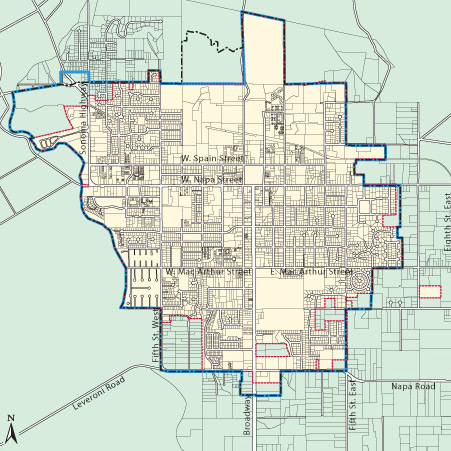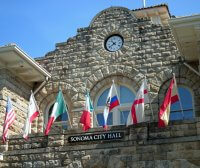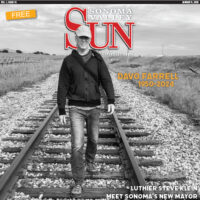Urban growth boundaries, community separators, growth management ordinances, and zoning regulations, not to mention sewer plant capacity, water availability, traffic and other infrastructure systems; all these are intrinsically related to how we use the land and the rules that govern that use.
The product of historical patterns, social and economic forces, regional growth, transportation and mass transit, the land-use rules in place sometimes feel arbitrary, but investigation reveals that such policies are an evolutionary phenomenon. The Greek word “Polis” is a root of the words “politics” and “cosmopolitan,” and the land-use rules governing development are indeed the product of politics. Government sets the rules, and government is comprised of politicians.
The recent fires and their devastation are forcing local government to take a hard look at land-use rules, in an attempt to respond to the loss of housing and the serious economic impacts. However, we’re concerned that out of an abundance of desire to “do something,” government will too quickly abandon or modify long-standing land-use rules and leave our region vulnerable to types and intensity of development we would otherwise reject. Though the human and economic toll has been great, it’s important that we not be hasty and risk finding ourselves living with irrevocably poor decisions down the line.
Communities change and evolve, of course, but the lessons of the past 50 years teach us that such change works best when it’s not too sudden or reactive. Sound planning is the product of observation over time and hurriedly changing land-use policy runs against the best interests of a community. What’s needed in the face of the recent catastrophe is a combination of creativity and careful consideration.
For example, the temporary and long-term use of the Sonoma Developmental Center and its facilities now seems more important than ever. The State has decided that smaller institutions are the best way to provide for severely disabled people, and the recent fires accelerated that process. What remains are already-built facilities that are desperately needed for housing those most vulnerable and those affected by the fires. We’re thinking of low-income renters, workers, and undocumented residents, all of whom have the most difficulty securing a safe place to live. Government can help these people, and not bust our land-use rules in the process.
The valley and community we enjoy is not a product of happenstance. Sure, some changes have been dramatic, and for some, unwelcome, but overall the land-use and development patterns we see around us are the by-product of having learned what works best. Thus protecting agricultural land from sprawl with UGB limitations requires policies of in-fill and higher density within the UGB. Encouraging the creation of affordable housing includes density bonuses and jumping to the top of the housing allocation list. Insuring that infrastructure demands are not exceeded means accepting the reality of physical limitations.
Local politics is challenged by the same forces distorting national politics–the corrupting influence of money, for example. Developers frustrated by growth-limiting land-use regulations now see an opportunity to bust those rules by riding on a wave of sympathy towards those who’ve lost everything. Like air-pressure, unscrupulous developers are always ready to rush in and fill a vacuum. Now’s the time to move cautiously and not make land-use decisions we’ll come to regret.
Sun Editorial Board






Few California cities have a Plaza because the state was developed by real estate people who would never have kept an open space which we in Sonoma benefit from and treasure. Keep that in mind with the rush rebuild.